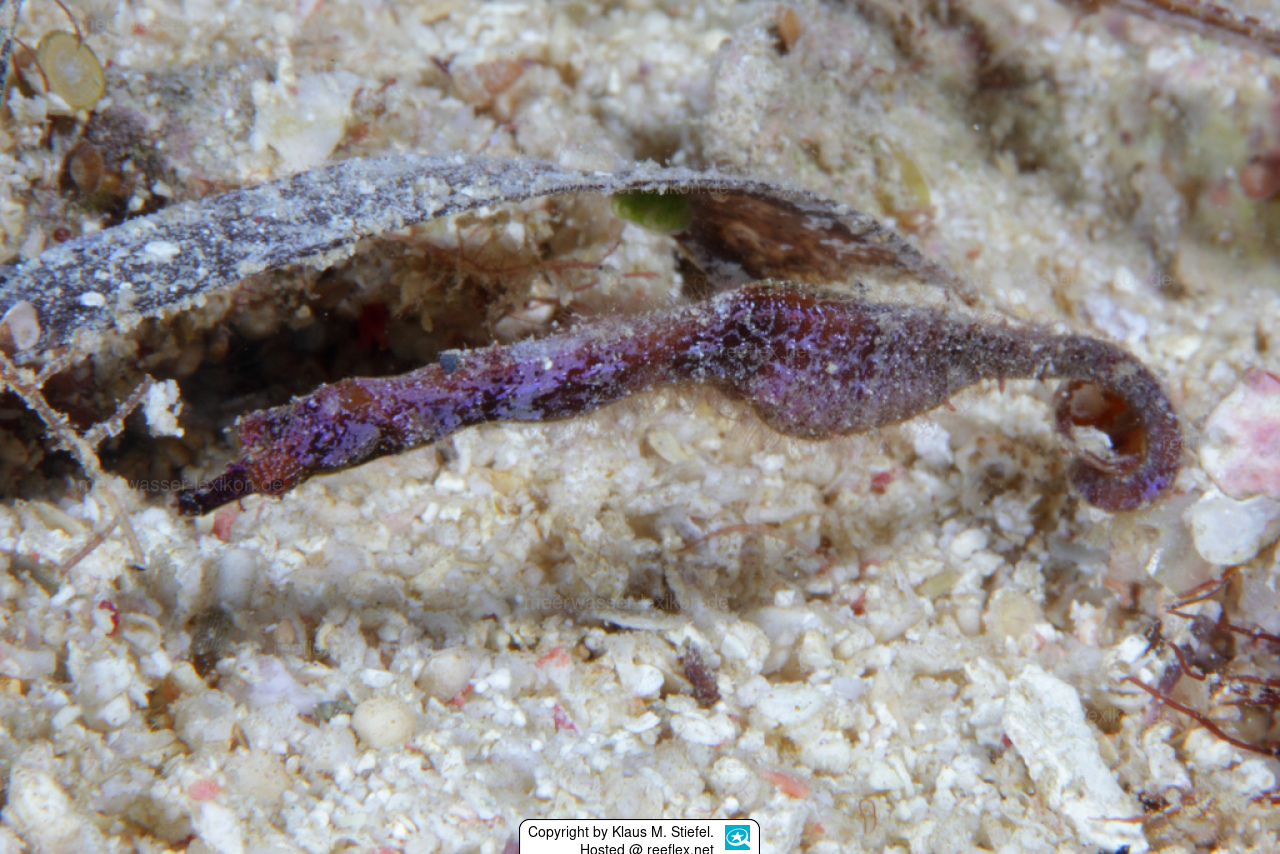Info
(Temminck & Schlegel, 1850)
Very special thanks for the first photo of Acentronura gracilissima to Klaus Stiefel, who has taken this photo in Okinawa, Japan.
Synonyms:
Atelurus germani Duméril, 1870
Hippocampus gracilissimus Temminck & Schlegel, 1850
Classification: Biota > Animalia (Kingdom) > Chordata (Phylum) > Vertebrata (Subphylum) > Gnathostomata (Superclass) > Pisces (Superclass) > Actinopterygii (Class) > Syngnathiformes (Order) > Syngnathidae (Family) > Syngnathinae (Subfamily) > Acentronura (Genus) > Acentronura gracilissima (Species)
Feeding intake.
The fish take a long time to eat at the beginning, before the food is taken up, a close inspection is carried out. After acclimatisation, the offered frozen food is eaten without problems. It should be noted that wild-caught fish behave differently than offspring when it comes to food intake. In the case of offspring, the size of the fish purchased also plays a role in the choice of food.
Very special thanks for the first photo of Acentronura gracilissima to Klaus Stiefel, who has taken this photo in Okinawa, Japan.
Synonyms:
Atelurus germani Duméril, 1870
Hippocampus gracilissimus Temminck & Schlegel, 1850
Classification: Biota > Animalia (Kingdom) > Chordata (Phylum) > Vertebrata (Subphylum) > Gnathostomata (Superclass) > Pisces (Superclass) > Actinopterygii (Class) > Syngnathiformes (Order) > Syngnathidae (Family) > Syngnathinae (Subfamily) > Acentronura (Genus) > Acentronura gracilissima (Species)
Feeding intake.
The fish take a long time to eat at the beginning, before the food is taken up, a close inspection is carried out. After acclimatisation, the offered frozen food is eaten without problems. It should be noted that wild-caught fish behave differently than offspring when it comes to food intake. In the case of offspring, the size of the fish purchased also plays a role in the choice of food.







 AndiV
AndiV



